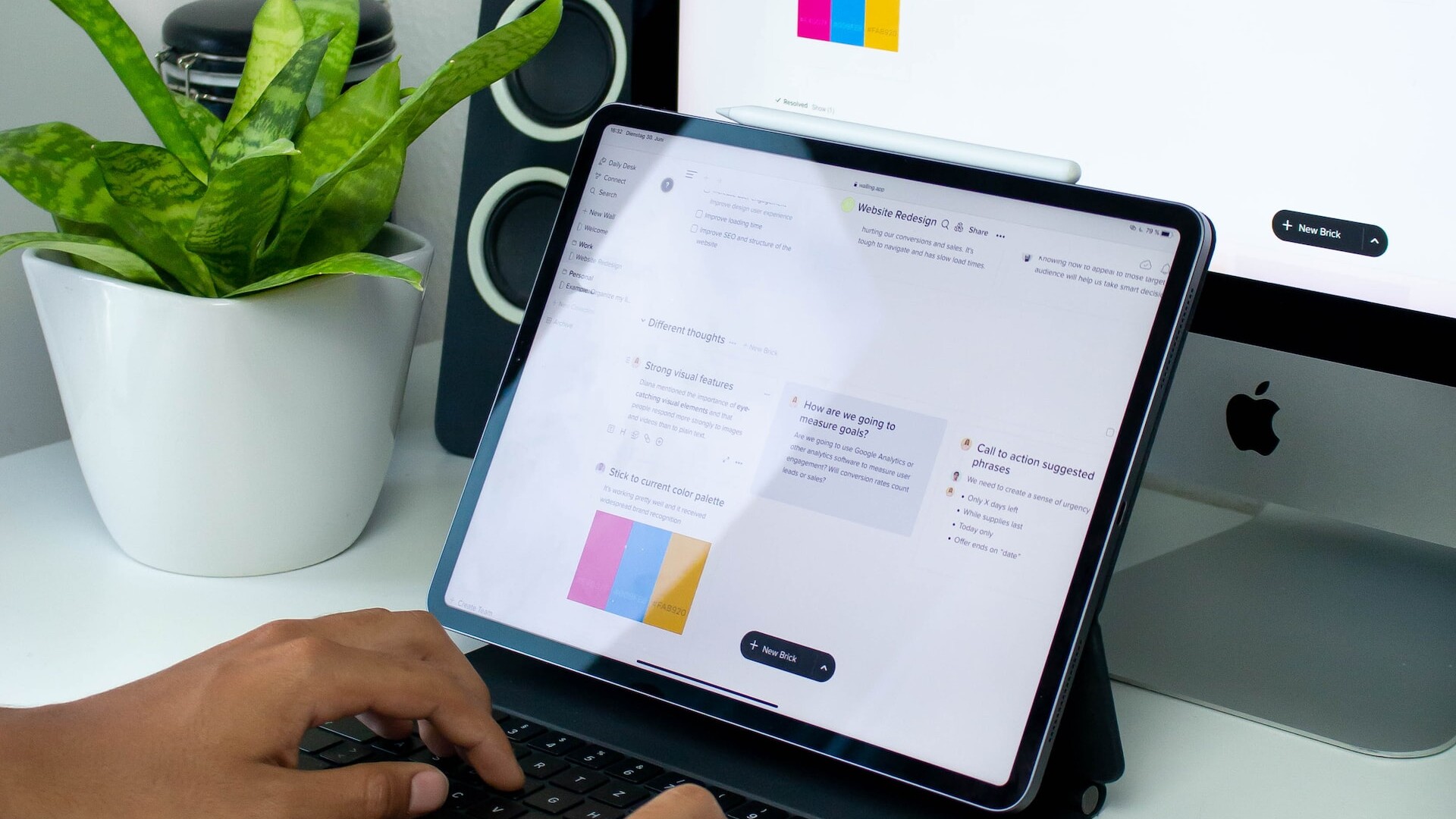The UX Creative Process
Every business wants to achieve the ideal success that comes with providing the best user experience coupled with a beautifully designed user interface. However, given our time constraints (and possible budget restrictions), businesses may find the creative process slightly halted. It can be challenging to create a unique design and incorporate all the aspects that come together to build a compelling user experience.

In our research, we’ve found that there are models that assist UX designers and creative thinkers – the key is to take in the myriad of information, absorb it, and then infuse your voice into the design. Thoroughly internalizing all of the existing options and designs will assist in the creative process. Immerse yourself in the content and design, and previously un-accessed ideas will be brought to the surface.
We’ve found that the best-rated user experiences integrated informative content and engaging graphics. Creative experiences can attract user attention and increase engagement, providing a truly individual interaction with a brand.
Content is more than just fluff to fill up a site. Previous opinions of site content involved keywords and random SEO tactics in increasing site traffic – but what good is that tactic if no meaningful relationship is created between the designers and clients? By providing informative content and pairing it with various media (video, photography, infographics and more), users begin to view your brand as one of authority and trustworthiness.

Identify user goals – what do they want to glean from your site? What can you offer them that will benefit them; can you provide services, products or information that coincide with their goals and motivations? It is vital to understand and characterize the aspirations of your audience, including progression, accomplishment, status, belonging or finding a sense of purpose in their organization. Once those basic needs (for they are basic needs, as any person needs to feel a sense of accomplishment in completing a challenging goal) are met, they can then be transformed into meaningful responses for users.
Finally, interaction – where it all comes together. The patterns and motivations noticed can be translated into motion in the user interface designs, making room for possible mobile constraints and connectivity. The system can be built to help users achieve their goals and see progress through feedback and various notifications. Ensuring that the human connection is there is the last piece needed, providing accessibility and connection to the brand managers themselves and easy customer interaction.
Related Articles
Navigating the Design of Input Controls in UI
January 6, 2024
UI Signifiers in Website Design
January 5, 2024



